This page presents a collection of graphics to explain key differences between normal and cancer cells. Most of the ideas shown below are explained in more detail on other pages. On this page we use only a few words and let the graphics provide the explanations.
Every case of cancer, in every patient, is unique. No two breast cancers or prostate cancers are identical. This variation is one of the things that makes cancer hard to treat.
Even with all the differences, all cancers DO share a set of common features. In 2000, Robert Weinberg and Douglas Hanahan published a paper that lists and described some of the most important things that cancers have in common - the 'Hallmarks of Cancer'.1 The cartoons below are based on this work and observations that have some since.
Note that additional details on ideas illustrated below can be found in: What is cancer?.
In-depth descriptions of these and other topics are presented in the Cancer Biology section of the site.
How are cancer cells different from normal cells?
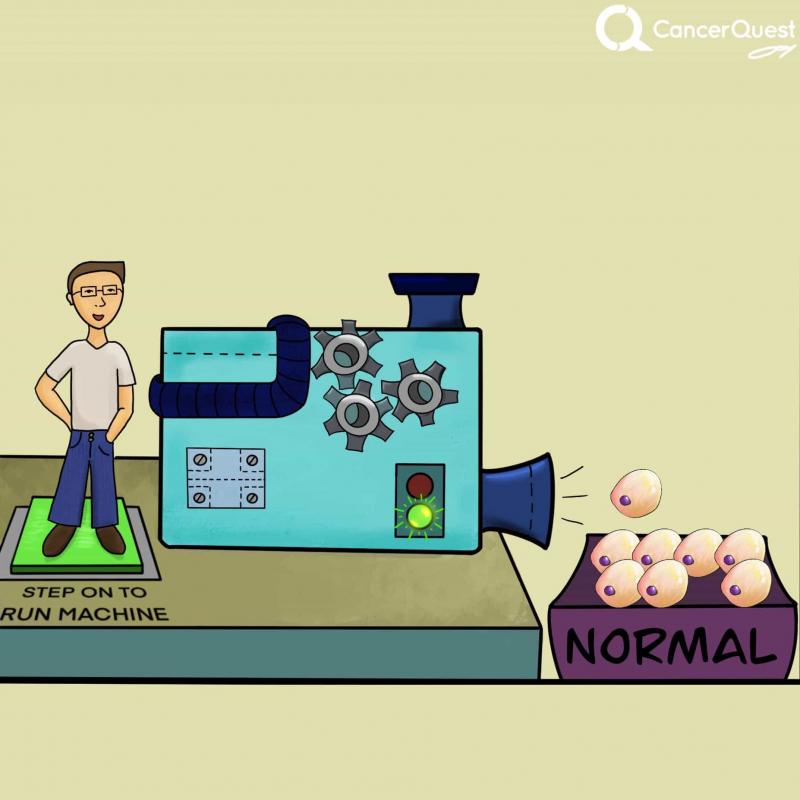
Normal cells only reproduce when they are given 'orders' to do so. They stop when those signals are removed.
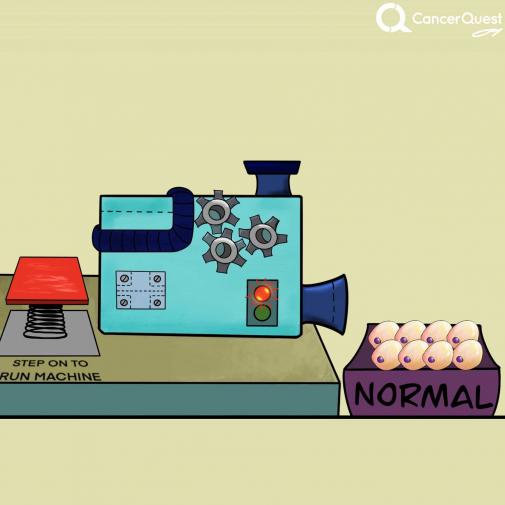
When the man is not stepping on the button, the signal stops and normal cells stop dividing.
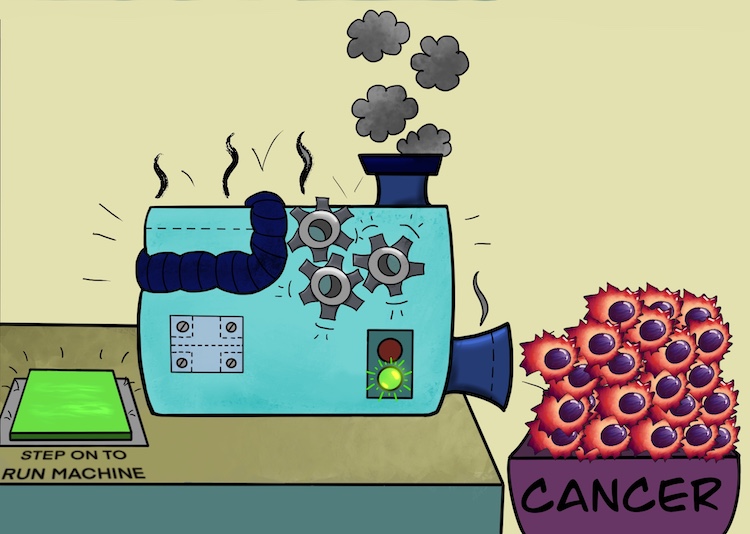
Cancer cells are able to reproduce without normal signals. They are stuck in the 'on' position.
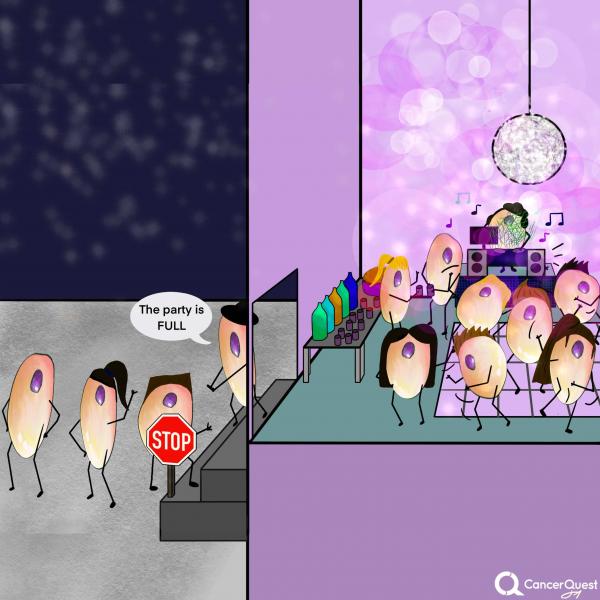
Normal cells will stop reproducing when they are told to do so. This prevents cells from crowding each other or piling up.
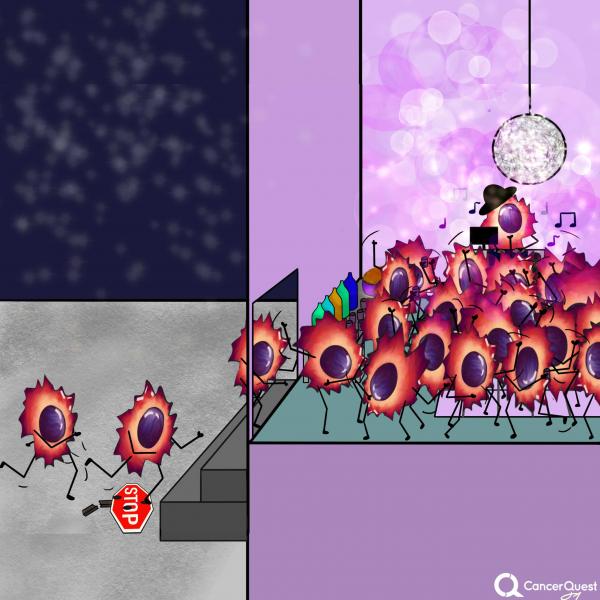
Cancer cells ignore 'stop' signals and continue to reproduce. This leads to crowding and cells piling up on each other.

Normal cells have a built-in number of times that they are able to reproduce
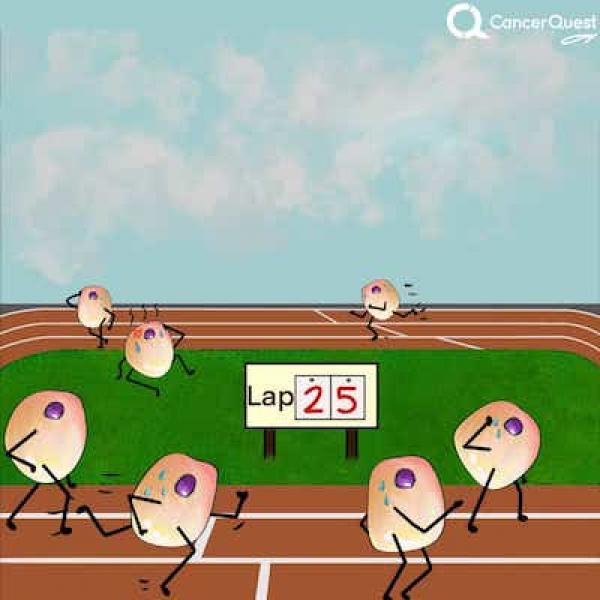
Over time, normal cells slow down their reproduction.
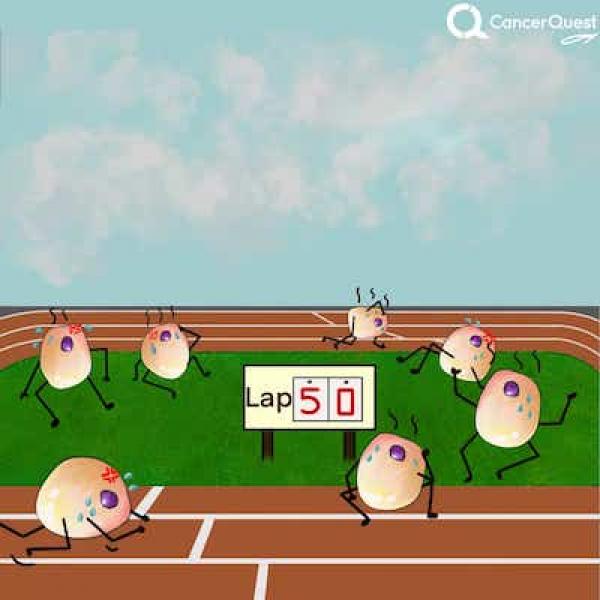
Almost no normal cells are able to divide more than about 50 times. There are some exceptions.

Cancer cells are able to reproduce an unlimited number of times.

Normal cells will trigger their death (apoptosis) when they become damaged.

Cancer cells can defend themselves and survive even when they're damaged. They can produce protein shields.
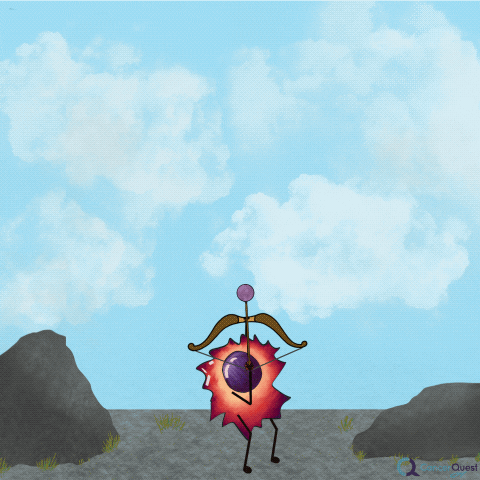
Some cancer cells are no longer able to make death signals that work like they should.
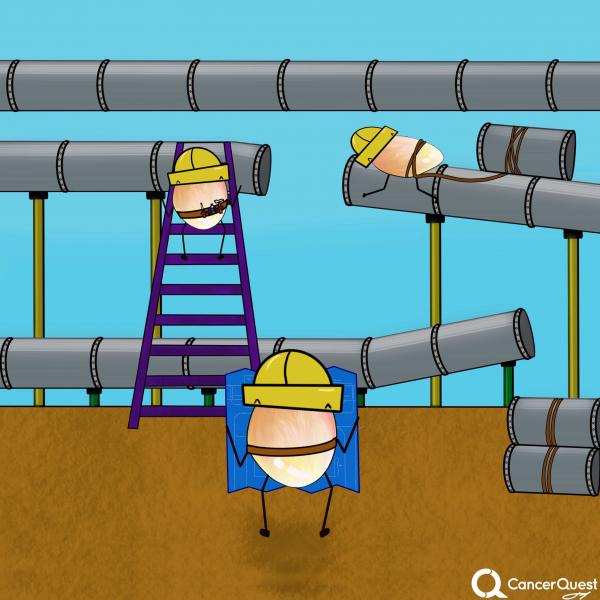
Blood vessels provide nutrients and oxygen to cells. They are frequently built and repaired. The process is very organized and efficient. Examples include wound healing and the menstrual cycle.
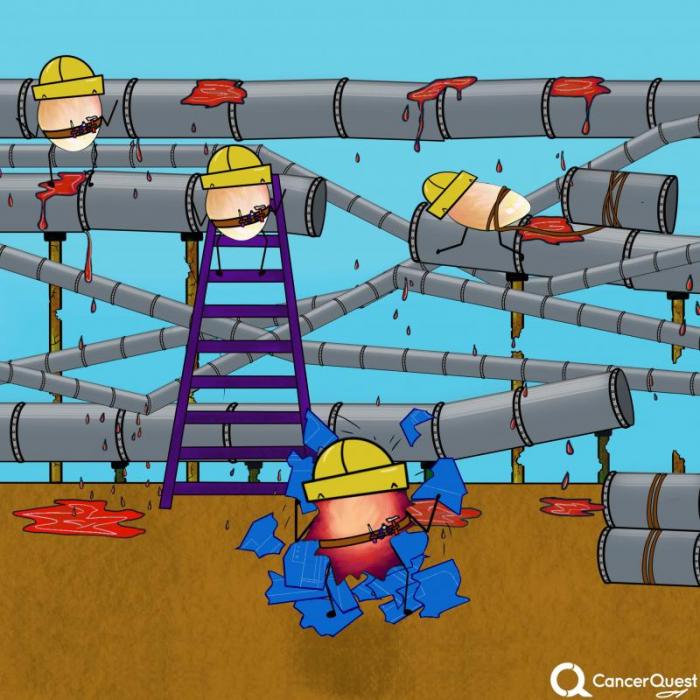
Tumors need blood vessels to survive, but the blood vessels are abnormal, twisted and leaky. This can lead to treatment resistance and the spread of cancer.
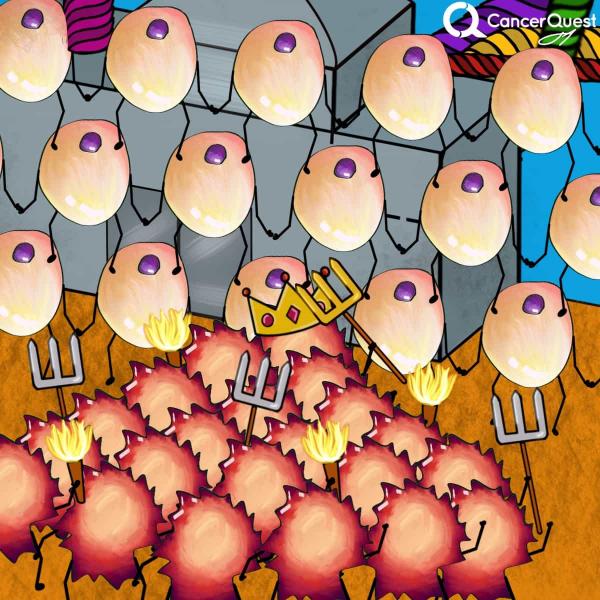
Normal cells (other than those in the blood) stay in place. Cancer spread (metastasis) involves the movement of cancer cells from a tumor to distant places in the body
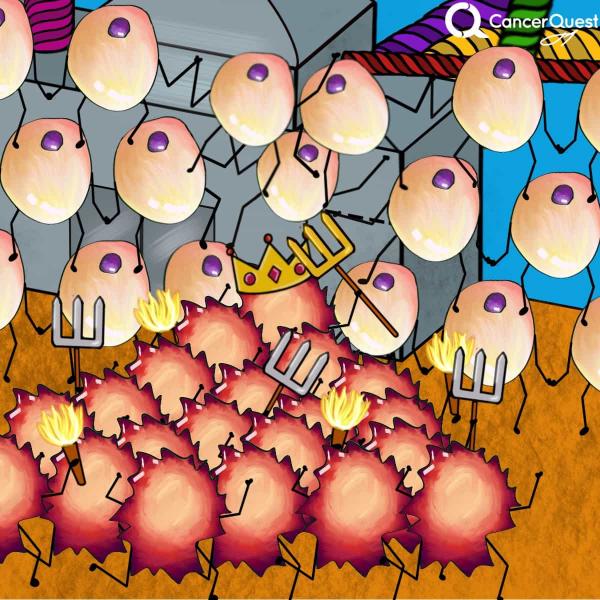
Cancer cell migration seems to involve 'leader' and 'follower' cells.
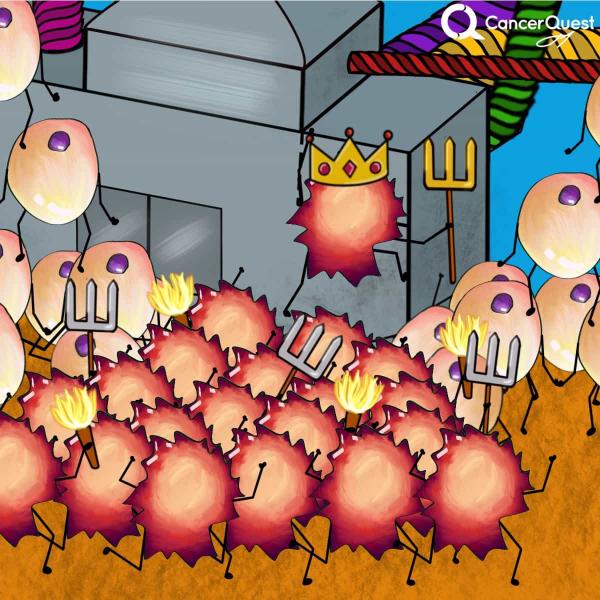
The leader cells guide the way and normal barriers are destroyed.
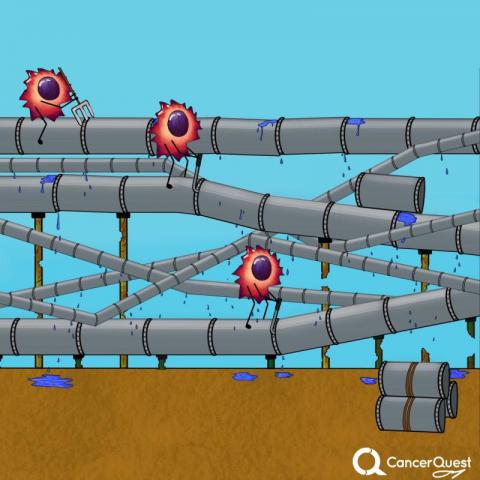
Cancer cells can invade blood (and lymphatic) vessels.
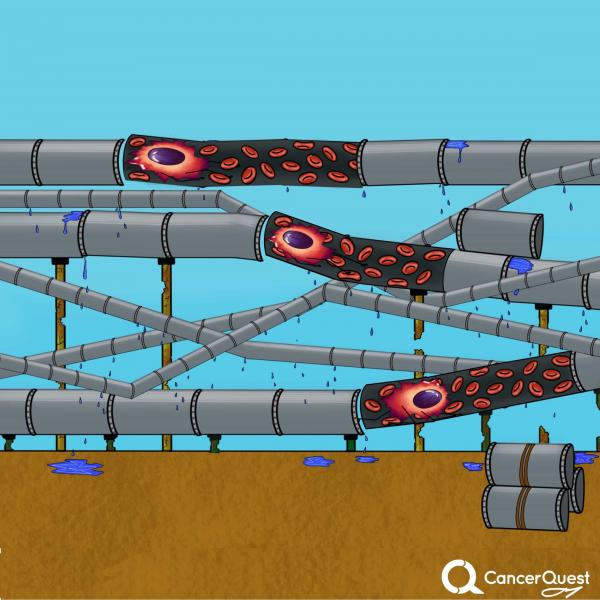
Once in a vessel, cancer cells can move around the body.
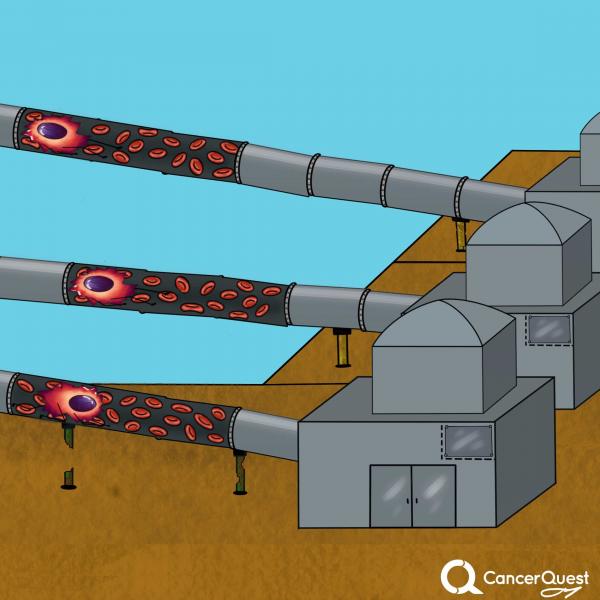
Cancer cells can be taken to distant areas, where they can form new tumors.
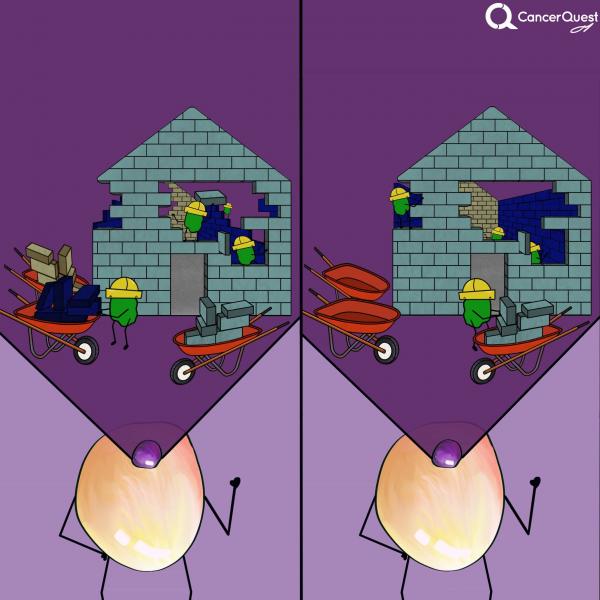
When the genes (DNA) of normal cells gets damaged, it is repaired.
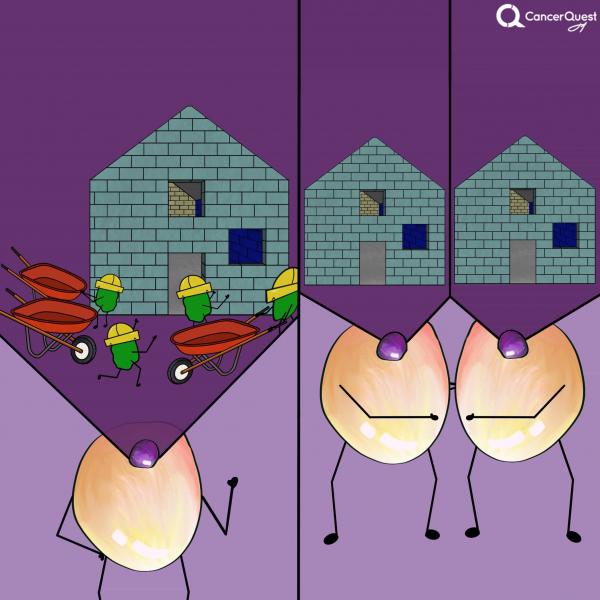
Because damage is repaired, all normal cells carry the same genetic information.

Cancer cells do not repair their DNA well. They gain changes over time.

The cancer cells in a tumor are similar, but not exactly the same.
